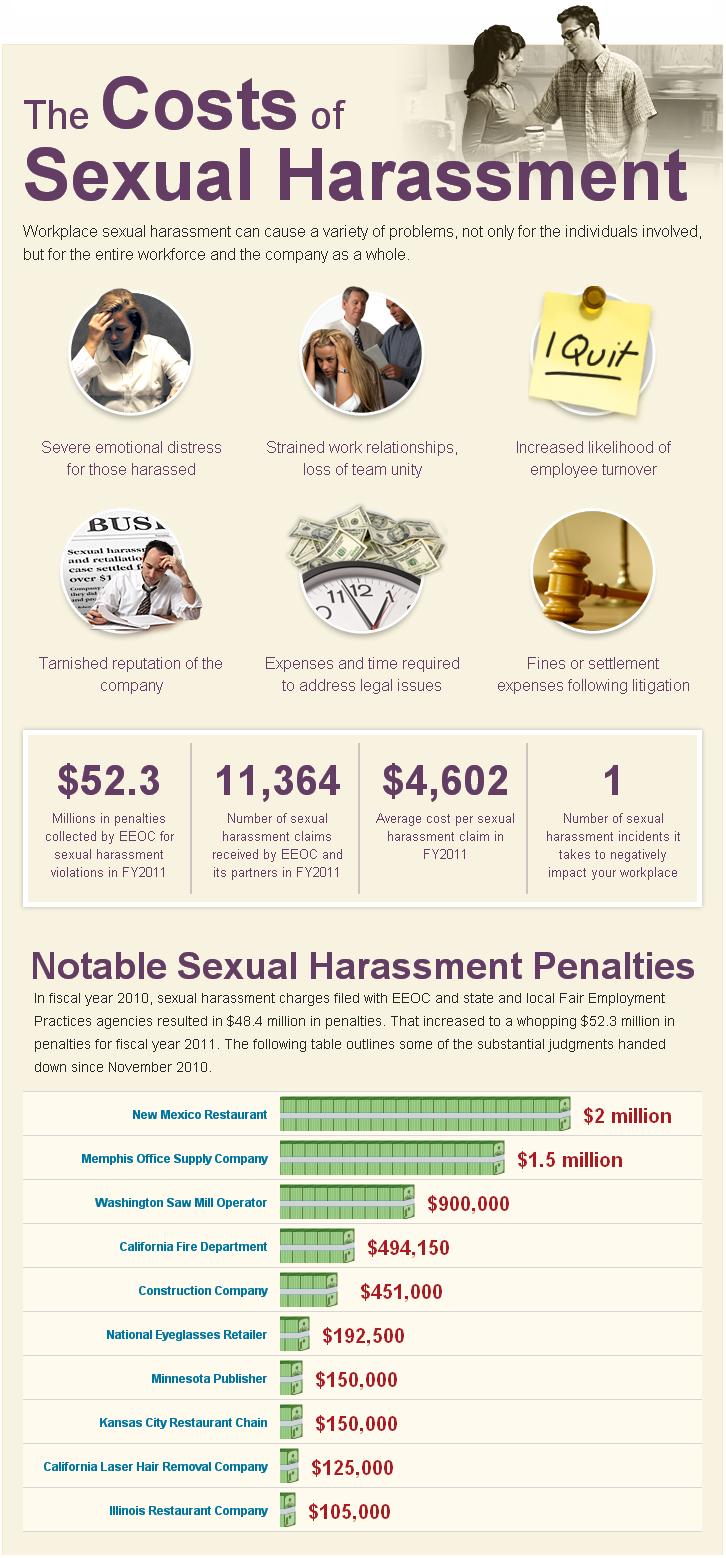Maine has always been at the forefront of sexual harassment prevention. In 1991, it became the first state in the U.S. to require sexual harassment training in the workplace.
As an employer, you would never want harassment cases to mar your company’s reputation or let your employees face the consequences. Prevention is always better and creating awareness is the first step towards preventing such cases.
Like in other states, you must know the existing laws, requirements, and preventive measures in Maine. This will keep your workplace safe and your employees happy and productive.
To help you in that regard, in this blog post, we take an in-depth look at everything you need to know about conducting sexual harassment training in Maine, including how to sucessfully impart it. So, without further ado, let’s dive in.
What is Maine Sexual Harassment Training?
Maine workplace harassment training is a training program mandated by the federal and state governments. Like similar training in other states, it is meant for both employees and supervisors in Maine.
You can add your company-specific sexual harassment policies to the training along with the standard guidelines issued by authorities.
As a high priority program, the training aims to build a harassment-free environment for everyone based on a strict code of conduct.
To develop this training, it is necessary to understand the laws behind it. Let’s now quickly go over some of the major workplace harassment laws In Maine and and the requirements for the training course as well.
Watch To Know What Is Sexual Harassment Training?
Maine Sexual Harassment Training Laws & Requirements
Maine Human Rights Act
Section 4572 of the Maine Human Rights Act (MHRA) makes it illegal to harass a person based on their sex. The state law requires employers with 15 or more employees to provide sexual harassment training to all employees.
You must deploy the training within one year of hiring new employees. Similarly, you must train the supervisors within one year of them assuming a supervisory position.
Read More:- What is NYS Sexual Harassment Training? Legal Requirements & Prevention
Written Notifications
Maine harassment laws require employers to provide “individual written notice” to all employees annually. Such notice should describe sexual harassment and the protections available against it.
The notice must cover:
- The definition of sexual harassment
- The illegality of sexual harassment
- Examples of sexual harassment
- The mechanism for registering complaints
- The legal aid available
- Process for contacting the Maine Human Rights Commission
- Protection against retaliation under Title 5, Section 4553, Subsection 10, paragraph D
Workplace Posters
Another legal requirement for sexual harassment training in Maine relates to placing harassment-awareness posters at prominent and accessible locations in the workplace. Just like the written notice to employees, these posters should include information such as a description of sexual harassment, its illegal nature, examples of discrimination and harassment, the internal complaint process, and so on.
Tip: If they want, employers can reproduce the posters available at the official website of the Maine Department of Labor (MDOL) and use them.
Training Records

Employers in Maine are required to maintain detailed records of workplace sexual harassment training. They must include a record of employees who underwent the training. Employers must maintain these records for at least three years, and they must submit the records to the Maine Department of Labor upon request.
Apart from that, Maine does not impose any requirements in terms of the training’s frequency and format.
Penalty
According to Title 26 M.R.S.A, Section 807, there can be fines, ranging from $1,000 to $5,000 by the Maine Department of Labor, imposed on employers who fail to provide sexual harassment training in Maine.

(source:infographicsarchive)
Objective of Maine Sexual Harassment Prevention Training
Now that you’ve developed a thorough understanding of the Maine sexual harassment training requirements, it is time to turn your attention to the objectives of the training.
Prevention is always the best measure to avoid workplace sexual harassments in the first place. That’s why laws encourage employers to take preventive measures such as training.
- The overall objective of such training programs is to communicate to employees that sexual harassment will not be tolerated under any circumstances in clear and categorical terms.
The best way to enforce them is to:
-
- educate employees,
- establish a grievance registration process, and
- take prompt action.
- Another area that sexual harassment prevention training addresses is retaliation. If an employer or employee retaliates against a person for opposing conduct that amounts to sexual harassment, it will be deemed unlawful.
Note: The Maine Whistleblowers’ Protection Act safeguards the rights of whistleblowers and protects them from unfair treatment.
Read More:- What is CA Sexual Harassment Training For Supervisors? Legal Requirements & Prevention
Maine Harassment Compliance Checklist
Here’s a quick checklist of anti-sexual harassment training in Maine:
✓ Ensure leadership buy-in
When the management takes an active part in training, it motivates employees and shows that company leaders take such programs seriously.
✓ Choose the training methodology – in-person, online, or blended
The trend is more towards online learning & development (L&D) as it brings numerous advantages, such as flexibility, scalability, and personalization.
✓ Use a professionally designed course or develop your own
Leverage expert-designed courses, for example, the ones offered by LMS providers, or put together one of your own by simply incorporating all legal provisions.
✓ Make the content engaging and interactive
Add engaging elements such as videos, quizzes, screen sharing, whiteboards, and online communities to make the training immersive.
✓ Use a tool to track progress and ensure compliance
The key to successful training outcomes involves the ability to track learners’ progress in real-time and identify and bridge knowledge gaps.
✓ Make decisions based on analytics
Use insights from training to see things, such as who is proceeding according to schedules and who is lagging, to make L&D decisions. Tie the decisions to your business objectives.
Here’s how:
- Your business objective is to drive growth with better workplace safety processes for every employee.
- It involves developing anti-sexual harassment systems to achieve the goal of doing so within the next 5 years.
- As part of this, you have deployed online training programs this year to achieve this and aim to complete the training within this year.
- With insights, you can monitor the progress to see whether you will be achieving this or some learners need an extra push to complete the goal.
Read More: 10 Best Compliance Training Courses
Get Free Harassment Prevention Training Software — All Features, Forever.
We've helped 567 companies train 200,000+ employees. Create courses in under a minute with our AI LMS or use 200+ ready-made courses on compliance, harassment, DEI, onboarding, and more!
Sexual Harassment Training Software: How Can It Help You?

Tools such as a learning management system (LMS) can help create, manage, and track sexual harassment training programs. They can help you streamline workplace training, including compliance training. For example, using them, you can easily automate repetitive tasks, such as course announcements and reminders.
Virtual classrooms, quizzes, surveys, learning paths, integrations, discussion & collaboration, reporting & analytics, and certification are among the core features of the above-average employee training software in demand today.
Virtual Classroom
Some of the top training platforms come with virtual classroom software, which means you can easily centralize how you organize and manage training in a single location. Using this platform, you can add learners and instructors, assign courses to learners, provide self-help resources, and much more.
Generally, a dedicated learner portal lets course participants easily view the following:
- Assigned courses and the date they were assigned on
- Pending courses
- Completed courses
Course Libraries
The best part is that users usually get the benefits of a course library with such built-in applications.
For example, in addition to federal and state sexual harassment training courses, the ProProfs library offers 100+ professionally-designed, ready-to-use, and customizable corporate training courses. They are featured under various categories, including HR, Compliance, Workplace, Harassment, and more.
These courses are designed by subject-matter experts. Even if you don’t want to utilize these courses, you can use your existing materials or create everything from scratch.
Quizzes & Surveys
Quiz and survey tools not only simplify the task of assessing knowledge retention and gathering feedback on your courses, but they make learning highly interactive. A corporate LMS such as ProProfs lets you embed a variety of quizzes and surveys into a course. This helps ensure that your learners proceed in the right direction, apart from providing opportunities to improve your courses.
Collaboration
Whether it is enacting role-plays based on real-life scenarios or real-time discussions on different training topics, collaborative forums in online training software are always handy. They facilitate peer-to-peer learning and build team spirit through the exchange of ideas and collective problem-solving.
Better still, you can take this kind of collaborative exercise to social media and let your learners engage in productive discussions. Q&A-based forums are an example of this feature in training tools.
Interesting Read:- Best Mindflash Alternatives that You Need to Know About!
Reporting
Yet another indispensable feature in sexual harassment training software is an LMS tracking and reporting engine. Usually, this function is automated and gives you access to learning data such as participation rate, engagement level, and satisfaction ratings. In addition, it helps you identify knowledge gaps and areas in a course where your learners encounter problems.
In short, these analytics assist you in making data-driven L&D decisions to ensure better learning outcomes.
If you are in the market looking for such tools, make sure they offer these helpful functionalities.
Read More: 10 Best Sexual Harassment Training Courses for Employees
Watch How to Conduct Employee Sexual Harassment Training in the Workplace
Deployed Maine Sexual Harassment Prevention Training Yet?
If not, now is the time to do so.
A fair understanding of these Maine harassment laws and preventive methods will make your workplace safer and your employees more productive. Besides this, you’ll be able to build a positive and safe environment for everyone, making it a smart investment for your business.
In case you are looking for software to plan and execute a sexual harassment training program, we can help you.
ProProfs Training Maker is a cloud-based online training solution that you can use for delivering end-to-end anti-harassment training programs.
Take a quick tour or schedule a personalized demo. To speak with one of our sales reps, call (855) 776-7763.
 Tips
Tips
We’d love to hear your tips & suggestions on this article!
Get Free Harassment Prevention Training Software — All Features, Forever.
We've helped 567 companies train 200,000+ employees. Create courses in under a minute with our AI LMS or use 200+ ready-made courses on compliance, harassment, DEI, onboarding, and more!


 We'd love your feedback!
We'd love your feedback! Thanks for your feedback!
Thanks for your feedback!







